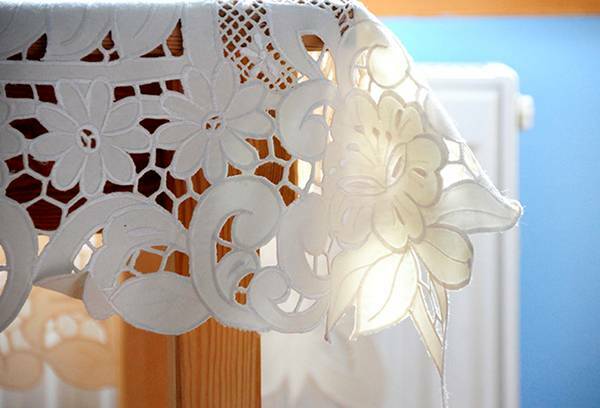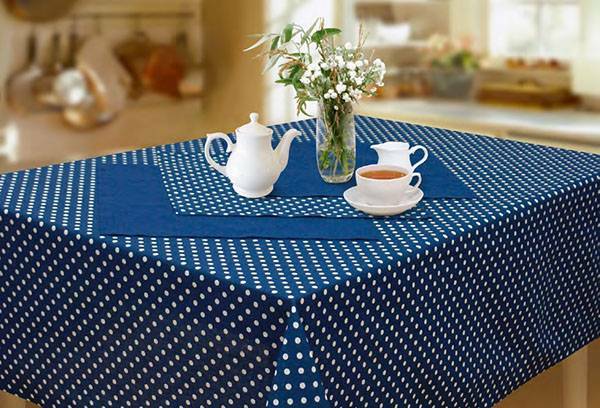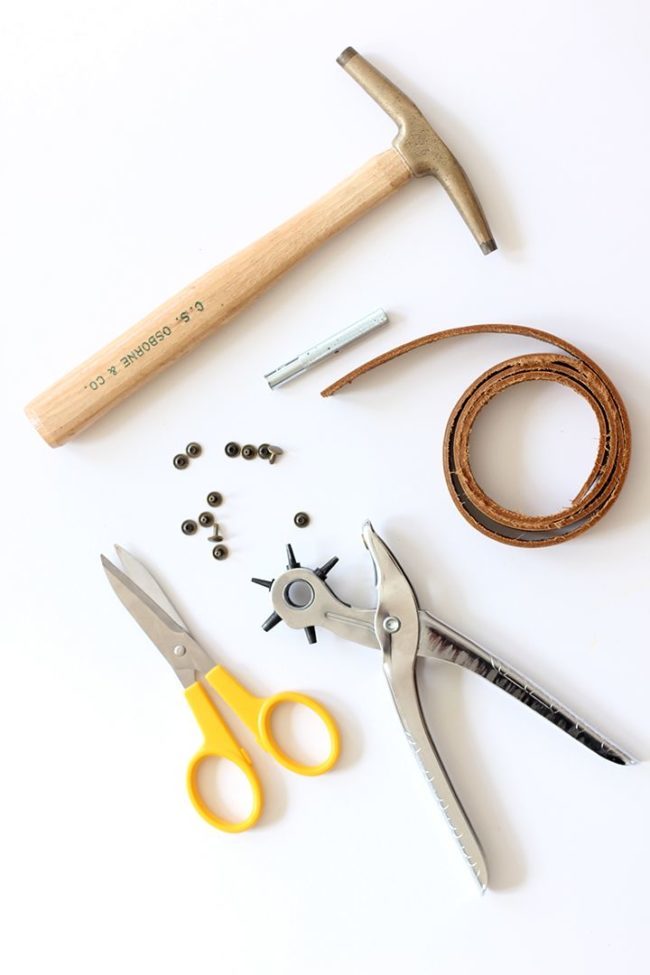Content:
Alignment methods
To prevent ugly kinks on the oilcloth tablecloth, it must be stored in a roll, but this is not always convenient. Only a tablecloth bought or stored for a long time in a folded form will always have creases in the fold. After spreading it on the table, they disappear, but after a while. This time depends on the type of product, its thickness and quality. If there is no time or desire to wait, you can use some tips for leveling.

Leveling methods
There are several ways to align the oilcloth tablecloth.
- In the open form on a flat surface to pass a usual hair dryer in places of folds. The hair dryer should be kept at a distance from the surface of at least 25 centimeters, otherwise the product may be damaged. This method is effective, but labor-intensive, especially if the area is large, and there are many crevices. On a thick material will have to spend more time to warm up the full thickness.
- Moisten the oilcloth in hot water, only not in boiling water, and hang it on one side so that it is smoothed under its own weight. Or attach the weights for weighting, but in this case, the fabric may be warped if you unevenly distribute the weight or choose too massive weighting agents.
- Wet the tablecloth in hot water, as in the second paragraph, and spread it on the table, placing the weighting objects along the curved places. Using this method, consider what remains can remain, so they should not be kept for long.
- Use the iron in the minimum operating mode and through a damp cloth. Stroking movements gently smooth the irregularities.
Depending on the material from which the oilcloth is made, these or other technologies work differently and have different effectiveness. Let's consider separately types of materials.

Vinyl
This is very practical and easy to use material, prevents sliding on the table and protects from damage to furniture, and at the same time looks very aesthetically. There are models of glues that mimic fabric. They do not need to be washed, they do not crumple during short-term crushing, but if there are large creases, it will be enough to smooth out the warm iron through a damp kitchen cloth.
It should be noted that vinyl is afraid of high temperatures, so before you iron it is recommended to try on an inconspicuous corner so as not to spoil everything. There is no need to press strongly and stay for a long time at one point, it's enough to walk gently, if necessary several times.

Polyvinyl chloride
PVC material is popular due to its long service life and practicality. Does not require ironing, but if there is such a need, an iron and a damp cloth are used. The temperature is required to be minimal, with easy smooth movements, all irregularities are removed. Using a hair dryer is acceptable, even more convenient, in the case of a small thickness.
Advice
Washing the product from PVC can only be exposed at a water temperature of up to 40 degrees Celsius - and only manual.

Acrylic
This is a wear-resistant and waterproof material based on cotton or linen, but unlike natural woven fabrics, it does not shrink so much and is not afraid of stains, while retaining the structure and properties of ordinary fabric, creates an effective look on the table. Acrylic impregnation is resistant to high temperatures, withstands a hot pan or frying pan. It can be washed and ironed from the wrong side at normal temperature conditions. It is not necessary to apply other methods here.
There is only one drawback - over time, acrylic loses its properties.

Teflon
Teflon impregnation, like acrylic, resistant to dirt and stains, has a water repellent effect. But it does not like high temperatures, it can not be washed, twisted and ironed, in this case Teflon releases harmful substances. If you inevitably ironed such a thing, you should avoid overheating. You can wash the tablecloth at a temperature of no higher than 40 degrees Celsius, and you need to iron with a warm iron.
The way to stretch the folds in the wet state is not very suitable, but you can also apply it.

Polyester
The most common oilcloth in the kitchen, as it is well washed, does not shed, does not crumple and is inexpensive. There is pure polyester, and there is a cotton base. The first option is categorically forbidden to boil, it quickly melts and is afraid of fire. The second burns out twice as much and also does not tolerate boiling. Therefore, the temperature methods of smoothing are used with great care.
When wetting and drying for smoothing, direct sunlight should be avoided, they can only damage the product. But in general, the method is very suitable for this material.
Let's sum up
Any oilcloth can be smoothed out using temperature methods, with a few exceptions, which were considered earlier. But other methods are no less effective, they only require more time.



